How Galileo became the lodestone of world breeding and Darley sires came of age
Martin Stevens looks back at trends in the stallion scene in the 2010s
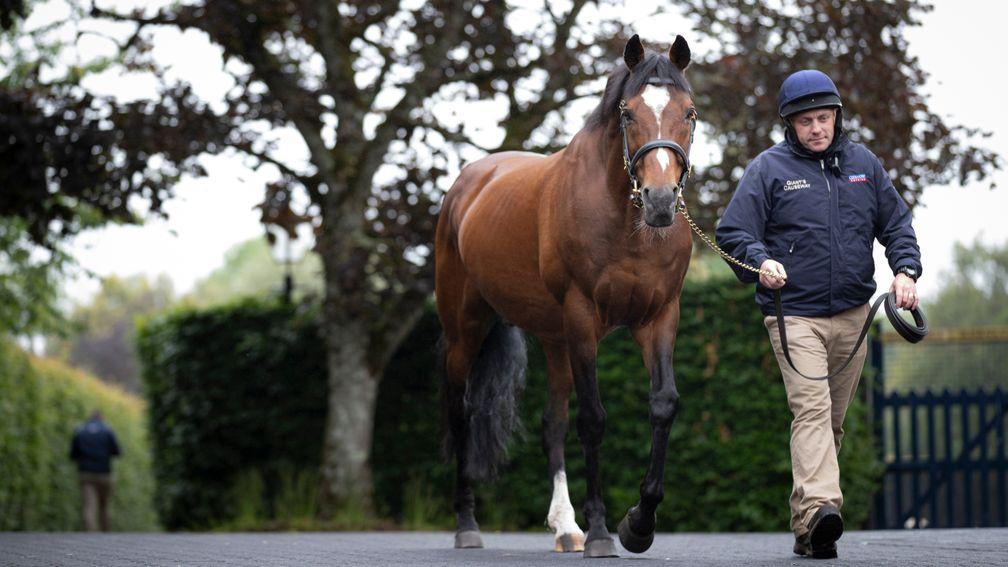
The 2010s belonged to Galileo. The Coolmore phenomenon was champion sire in Britain and Ireland in every year of the decade, supplying 72 Group/Grade 1 winners to go with the 12 he delivered between 2006 and 2009, including the best racehorse many of us will ever see: the unbeaten dual world champion Frankel.
Galileo imbues his progeny not only with abundant class, as might have been expected of a brilliant Derby winner by a prolific champion sire in Sadler's Wells out of the Arc heroine Urban Sea, but with extraordinary mental fortitude too. His stock are generally an even tempered lot who give their all when the chips are down.
Throughout the last decade, Galileo's influence has deepened. His sons Frankel, Nathaniel, New Approach and Teofilo have delivered celebrity offspring, while Teofilo's son Havana Gold was a leading first-season sire of 2017. In an illustration of how quickly this dynasty is taking root, Havana Gold's Group 1-winning son Havana Grey retired to stud this year, so Galileo will have great-great-grandchildren through the male line on the ground in 2020.
Galileo has also, unsurprisingly, made a big impact as broodmare sire, with his daughters having produced Classic winners Galileo Gold, La Cressonniere, Magna Grecia, Night Of Thunder, Qualify, Saxon Warrior and Sottsass among others. Tellingly, some less than premier-league sires have managed to get Group 1 winners when paired with Galileo mares.
The importance of Galileo, not just to Coolmore, cannot be overstated. The stallion, who turns 22 in 2020, is the lodestone of the British and Irish breeding industry, drawing owners and breeders from around the world to buy into his bloodlines. Indeed, only last month, Eaton Sales' Reiley McDonald reported at Goffs: “The plan is to introduce more Galileo mares to America. He's the best broodmare sire in the world, so why not?”
Stars shining brightly
Sea The Stars, whose brilliant three-year-old season in 2009 denied his half-brother Galileo an unbroken run of 12 sire championships, retired to Gilltown Stud in the following year and though not as prolific as his older sibling – who is, and ever will be again? – he has established himself as an excellent source of top-class athletes in his own right.
The son of Cape Cross is the sire of 12 Group/Grade 1 winners including Classic scorers Harzand, Sea Of Class, Sea The Moon, Star Catcher and Taghrooda, plus the outstanding pair Crystal Ocean and Stradivarius.
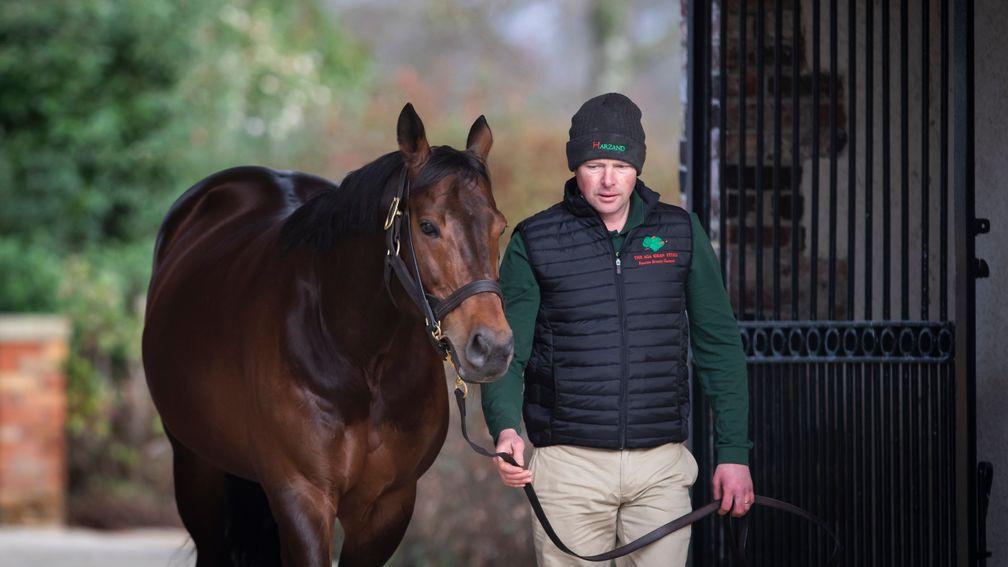
Despite Sea The Stars being by a speedier sire, and managing to win the 2,000 Guineas when Galileo needed 12 furlongs to excel, he has so far proved a purer stamina influence than his half-brother. That may be down to mare selection, though, as breeders have bombarded Galileo with sprinting or miling mares since it transpired that mitigating his innate staying power could produce sharper runners.
It will be interesting to see in the coming decade whether Sea The Stars is also granted more chances with faster mares, even if there ought to be no shame in being a consistent supplier of middle-distance talent.
Stamina seems to have become such a dirty word among commercial Flat breeders, though, that by the end of the decade the sire's best son Crystal Ocean, accomplished over ten to 12 furlongs, was retired directly to the jumps stallion ranks at Beeches Stud.
Darley roster comes of age
Darley had stood a number of wonderful stallions over the years – Cape Cross, the short-lived Dubai Millennium, Machiavellian, Singspiel and so on – but Sheikh Mohammed's operation really came of age in the 2010s.
The resurgence of the roster has been thanks in large part to the two Godolphin Classic winners who had their first two-year-old runners in 2009, Dubawi and Shamardal. The former was leading first-season sire by number of winners that year, while the latter led his peers by prize-money; both became important progenitors.
Dubawi, based at Dalham Hall Stud for most of his second career, is the sire of 41 top-level winners and although the son of Dubai Millennium was thwarted several times in having a successful sire son – Al Kazeem subfertile; Makfi falling short of high expectations – he now has one of serious potential in 2019's standout freshman stallion Night Of Thunder.
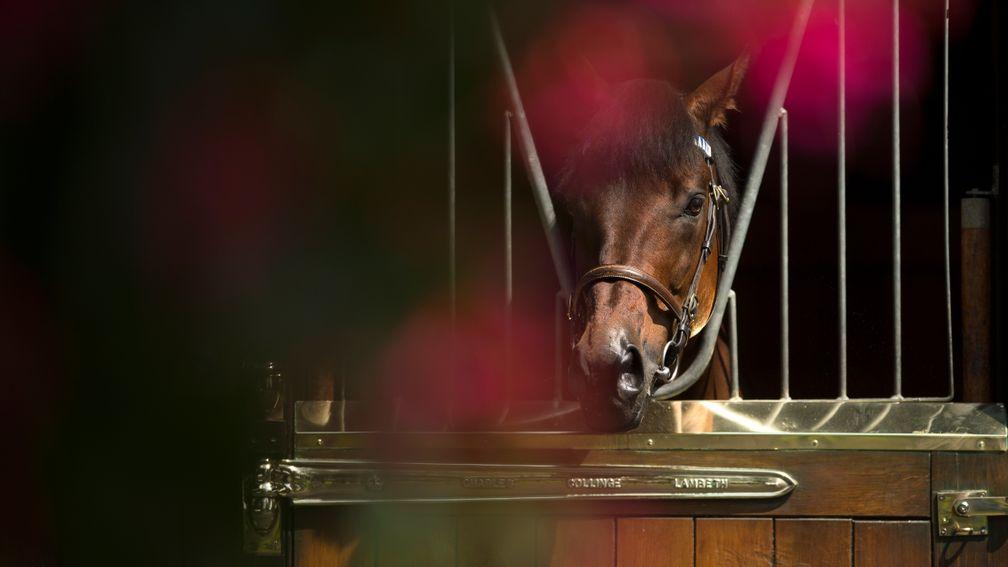
Shamardal, who has ruled the roost at Kildangan Stud, has 25 Group/Grade 1 winners to his name including Lope De Vega, who has blossomed into a sire of consequence himself at Ballylinch Stud.
Shamardal, restricted to covering mostly Maktoum family-owned mares in recent seasons due to health issues, finished the decade with a flourish by supplying this year's dual Royal Ascot hero Blue Point and unbeaten Group 1-winning two-year-olds Earthlight, Pinatubo and Victor Ludorum.
Dubawi and Shamardal have a strong supporting cast at Darley including Exceed And Excel, Iffraaj, New Approach and Teofilo, all of whom are tried and tested Group 1 sires, while the sheikh's unrivalled spending power – a theme that looks set to continue into a fifth decade – ensured the ranks also count promise-filled young names such as Cracksman, Golden Horn, Ribchester and Too Darn Hot among their number.
Scat Daddy the surprise package
Galileo's dominance, Sea The Stars excelling as a stallion, Dubawi and Shamardal consolidating their fine start; it would not have taken Nostradamus to predict any of those developments at the end of 2009. Show me someone who says they foresaw Scat Daddy becoming one of the most important power brokers in world pedigrees ten years ago, though, and I'll show you a liar.
Scat Daddy was more than useful on the track, a Grade 1 winner at two and three in the Champagne Stakes and Florida Derby, but as 2010 dawned he was due to cover his third book of mares at Coolmore's Ashford Stud in Kentucky at a fee slashed from $22,500 to $15,000.
European breeders could have been forgiven for not having given him much consideration early in his second career but they sat up and took notice when Royal Ascot was graced by his US-bred two-year-olds, many of them so physically forward they made the local competition look puny and immature in comparison.
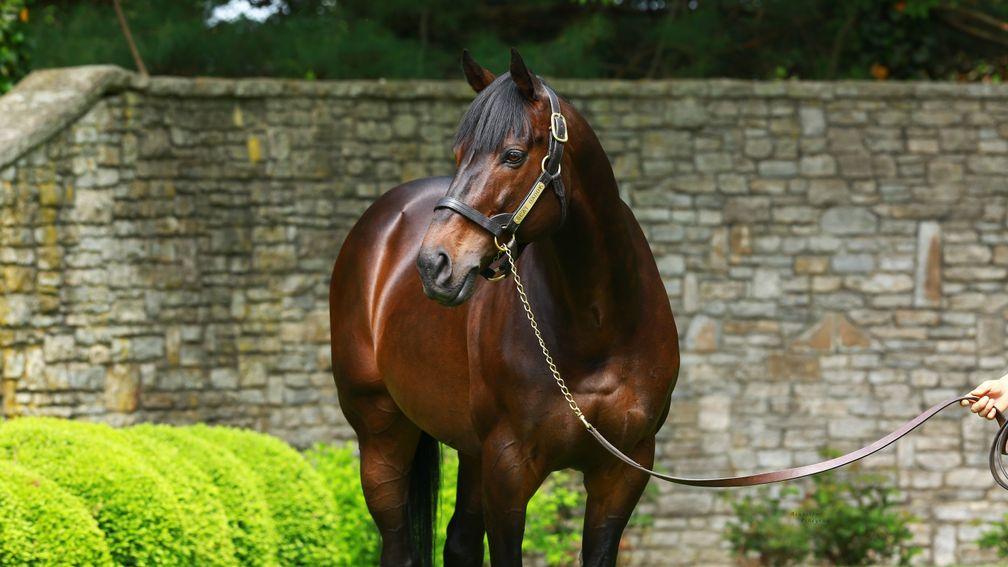
The Wesley Ward-trained No Nay Never and Acapulco led the charge, and by the midpoint of the decade it was clear Scat Daddy was something special and his fee surged to $100,000 from $35,000 for the 2016 breeding season. However, disaster struck and he dropped dead in his paddock in December 2015.
Caravaggio, Lady Aurelia and Sioux Nation and numerous stars Stateside magnified the loss of the stallion, and with a finite number of crops Coolmore faced a race against time to find sons who could succeed him – so precious when they desperately needed outcrosses for their many Sadler's Wells-line mares.
Coolmore stopped at nothing to secure the Scat Daddy sire-line, paying a reported $75 million for his Triple Crown-winning son Justify and more than $12m on untried stock at auction, including the $3m paid for Breeders' Cup Juvenile Turf hero Mendelssohn as a yearling. Both horses now stand at Ashford Stud.
Coolmore's Irish roster includes the exciting young sires No Nay Never, Caravaggio and Sioux Nation, as well as No Nay Never's Group 1-winning son Ten Sovereigns from 2020. Other studs got in on the action too, with Yeomanstown standing El Kabeir and Compas Stallions marketing Smooth Daddy.
French sires a tour de force
Scat Daddy, along with War Front – heavily mined, especially by Coolmore, as an outcross for those Sadler's Wells-line mares – and a quickfire double of long awaited new Triple Crown winners sparked renewed interest in US-based stallions among British and Irish breeders in the past decade, although the ready availability of proven top-class options closer to home and concerns over use of medication has meant the 1980s heyday of European activity in America has never been recaptured.
Many Australian sires continued to be shuttled to Europe in an effort to import raw antipodean speed, though many failed to replicate their southern-hemisphere success with consistency bar honourable exceptions such as Choisir and Exceed And Excel. Redoute's Choice, an awesome influence down under, served two seasons at Haras de Bonneval in 2013 and 2014 but the resultant foals failed to live up to expectations on the track – a misfire due perhaps to breeders sending him mares who were too stoutly bred.
European breeders had flirted with breeding to Sunday Silence and standing stallions by him early in the new millennium but they took Deep Impact, the best son of Japan's legendary champion sire, a lot more seriously as many of his offspring shone on the international stage throughout the 2010s, his appeal enhanced by offering another outcross to European pedigrees saturated with Sadler's Wells and Danzig blood. The line has its best chance of taking off in Britain and Ireland yet, with Deep Impact's sons Saxon Warrior and Study Of Man standing at Coolmore and Lanwades respectively.
However, the country whose stock has risen most significantly in the past decade, in all senses of the term, is France. Thanks to its lucrative premium system that rewards owners and breeders of horses raised in the country, plus Al Shaqab Racing choosing Haras de Bouquetot in Normandy as its breeding headquarters, the stallion scene there is more vibrant than ever.
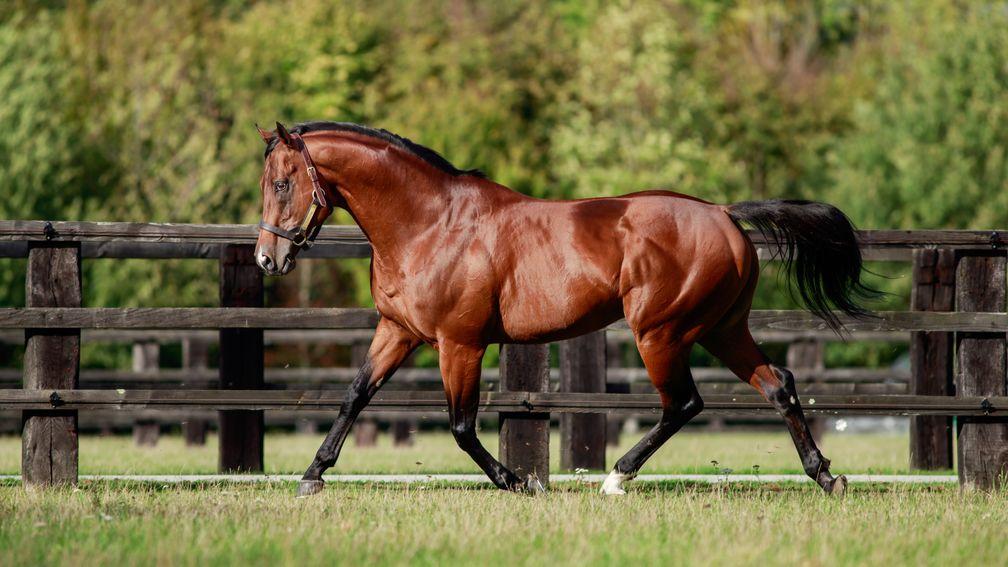
Le Havre, Siyouni and Wootton Bassett are elite sires in favour with breeders and buyers, while bright prospects Almanzor and Shalaa were retired straight into the French stallion ranks, which for so long had been a repository for those who had not come up to scratch in Britain and Ireland. As more British and Irish breeders board mares in Normandy and pay the higher local stud fees, French stallion masters should have more money to reinvest in new talent so this looks like a theme that should continue into the 2020s.
French breeding has become ever more potent in the upper echelons of British and Irish jump racing too, whether it is down to domestic trainers getting on with young stock much earlier than their counterparts across the Channel or the invigorating effect of AQPS blood.
Either way, the consequence has been the emergence of a super-league of National Hunt sires in France that has included the likes of Doctor Dino, Kapgarde, Martaline, Poliglote and Saint Des Saints in the last ten years.
If you enjoyed reading this, you might also like...
From new boys to golden oldies: where the value lies in the 2020 stallion fees
Mandy Pope gives her $8.2m American Pharoah filly an auspicious name
US Jockey Club presses on with study of annual stallion book size cap
Published on 6 January 2020inFeatures
Last updated 01:36, 6 January 2020
- Michael Owen-bred Newmarket winner It Ain't Two has team dreaming of Royal Ascot
- Oh, Gino took the stage all right but Walk In The Park and Authorized stole their share of Aintree limelight
- 'You sometimes forget they're stallions' - meet up-and-coming eventing stars Galileo Dance and Galileo's Secret
- 'Two decades in the bloodstock business has taught me more about people than horses' - meet Tattersalls rep Gaurav Rampal
- How pouncing on a 3,000gns broodmare helped Chris Liesack breed exciting Cuban Tiger
- Michael Owen-bred Newmarket winner It Ain't Two has team dreaming of Royal Ascot
- Oh, Gino took the stage all right but Walk In The Park and Authorized stole their share of Aintree limelight
- 'You sometimes forget they're stallions' - meet up-and-coming eventing stars Galileo Dance and Galileo's Secret
- 'Two decades in the bloodstock business has taught me more about people than horses' - meet Tattersalls rep Gaurav Rampal
- How pouncing on a 3,000gns broodmare helped Chris Liesack breed exciting Cuban Tiger